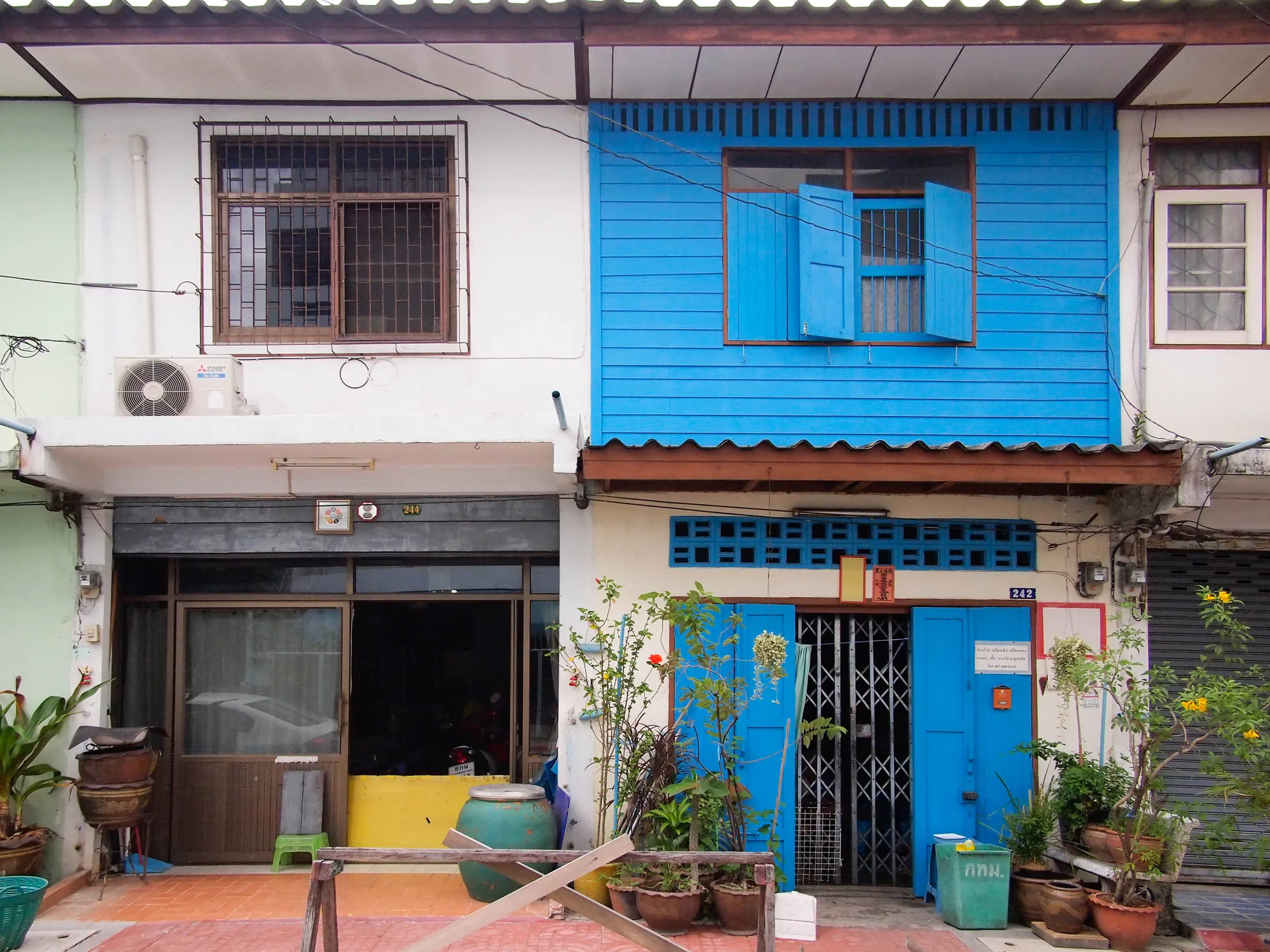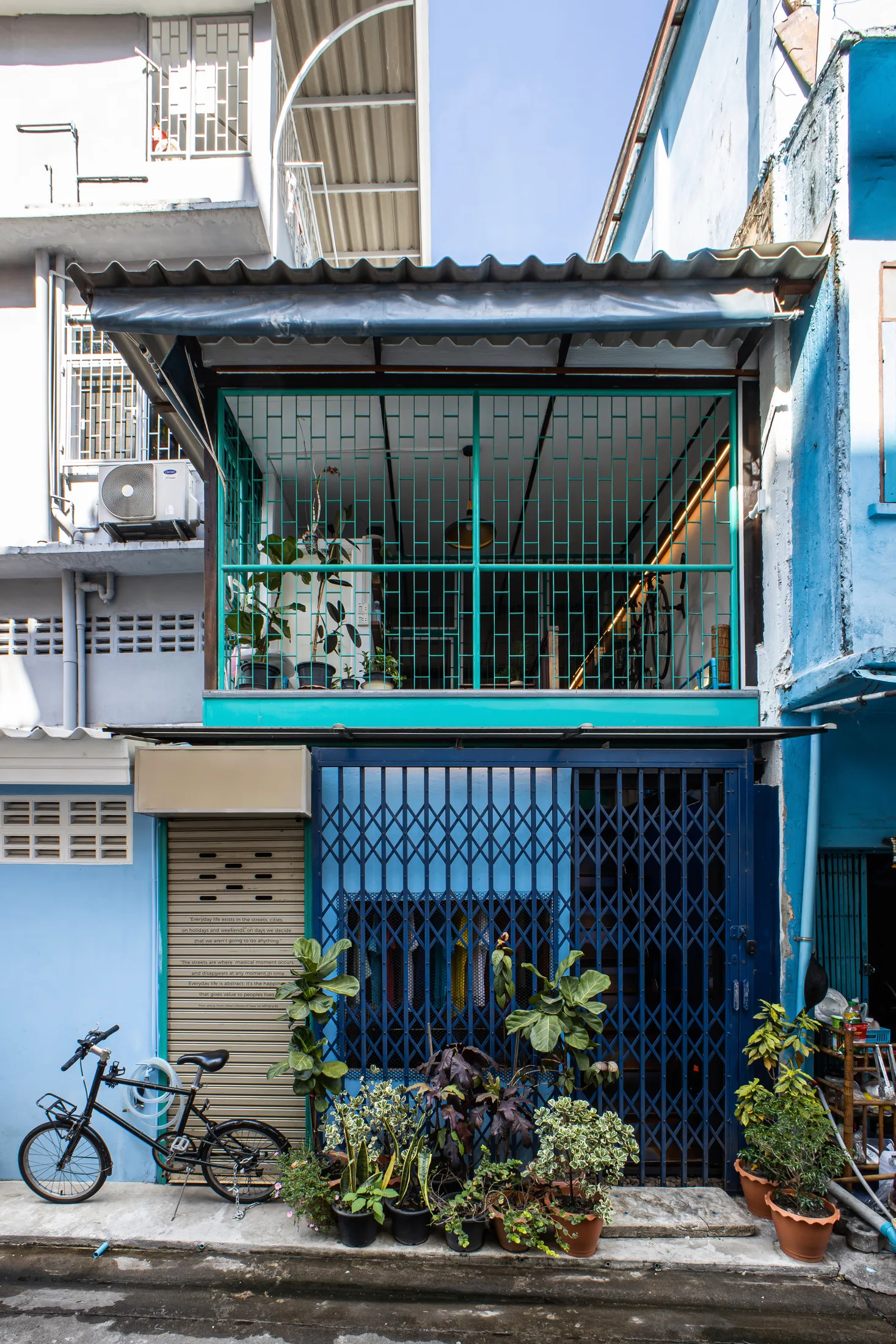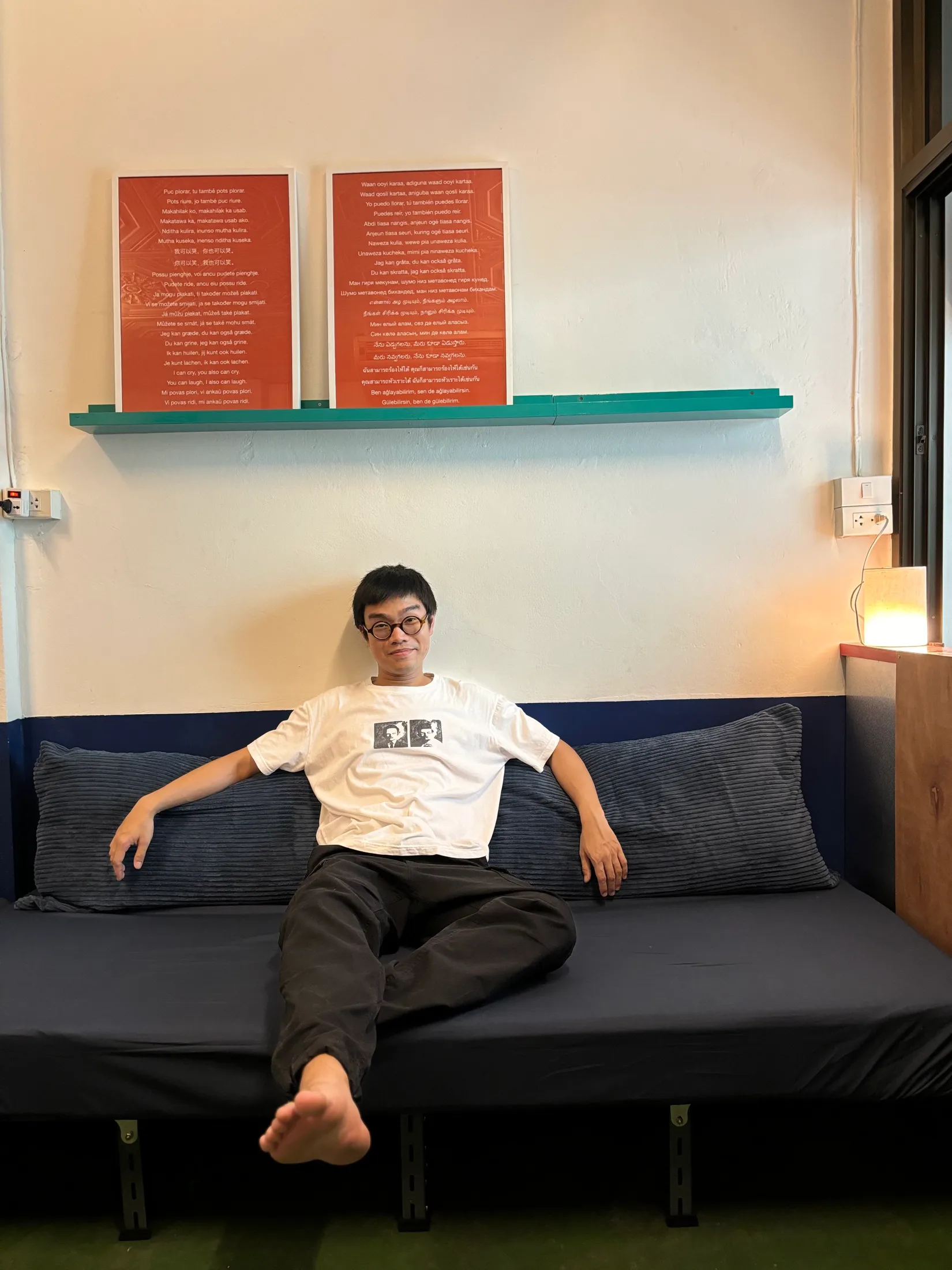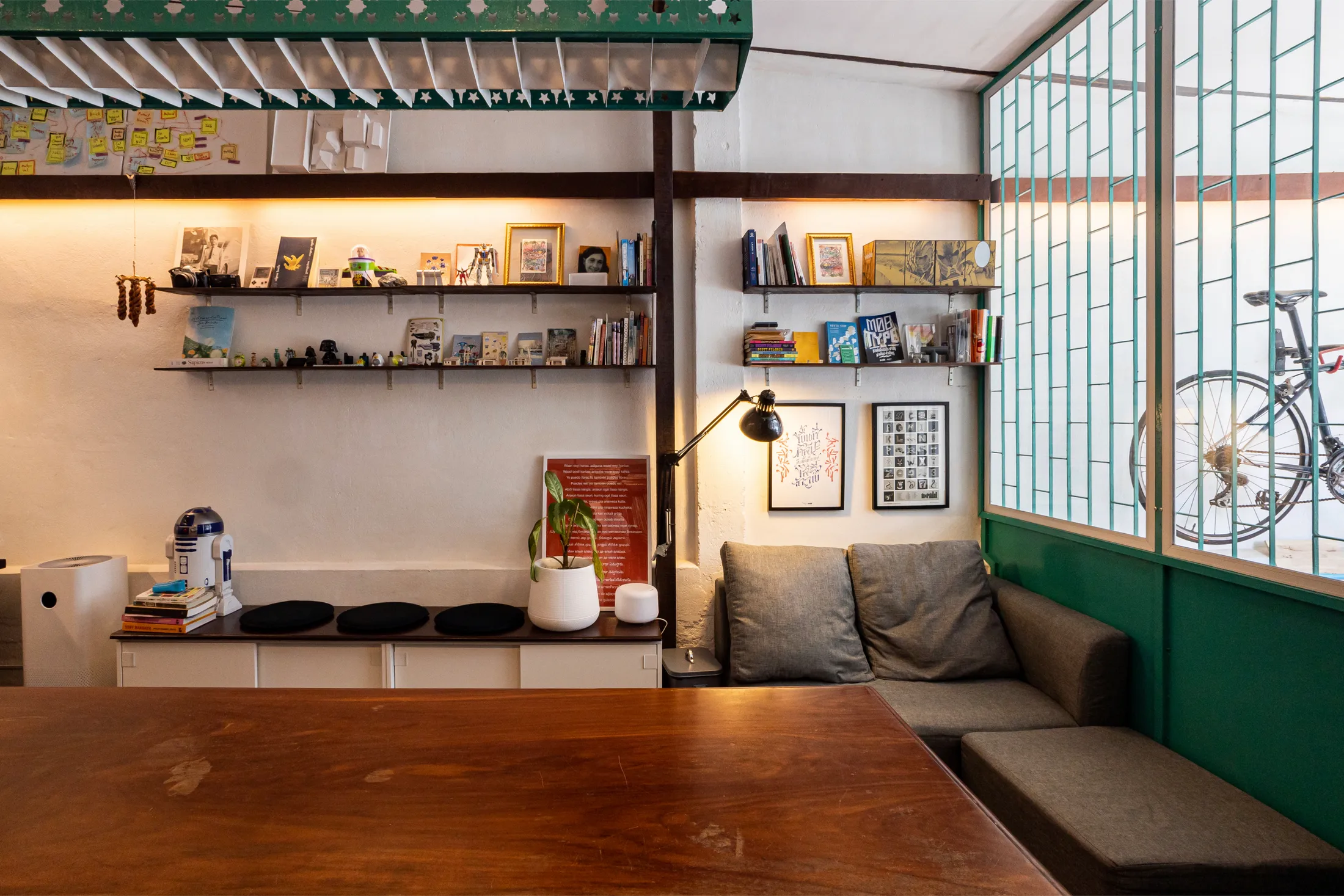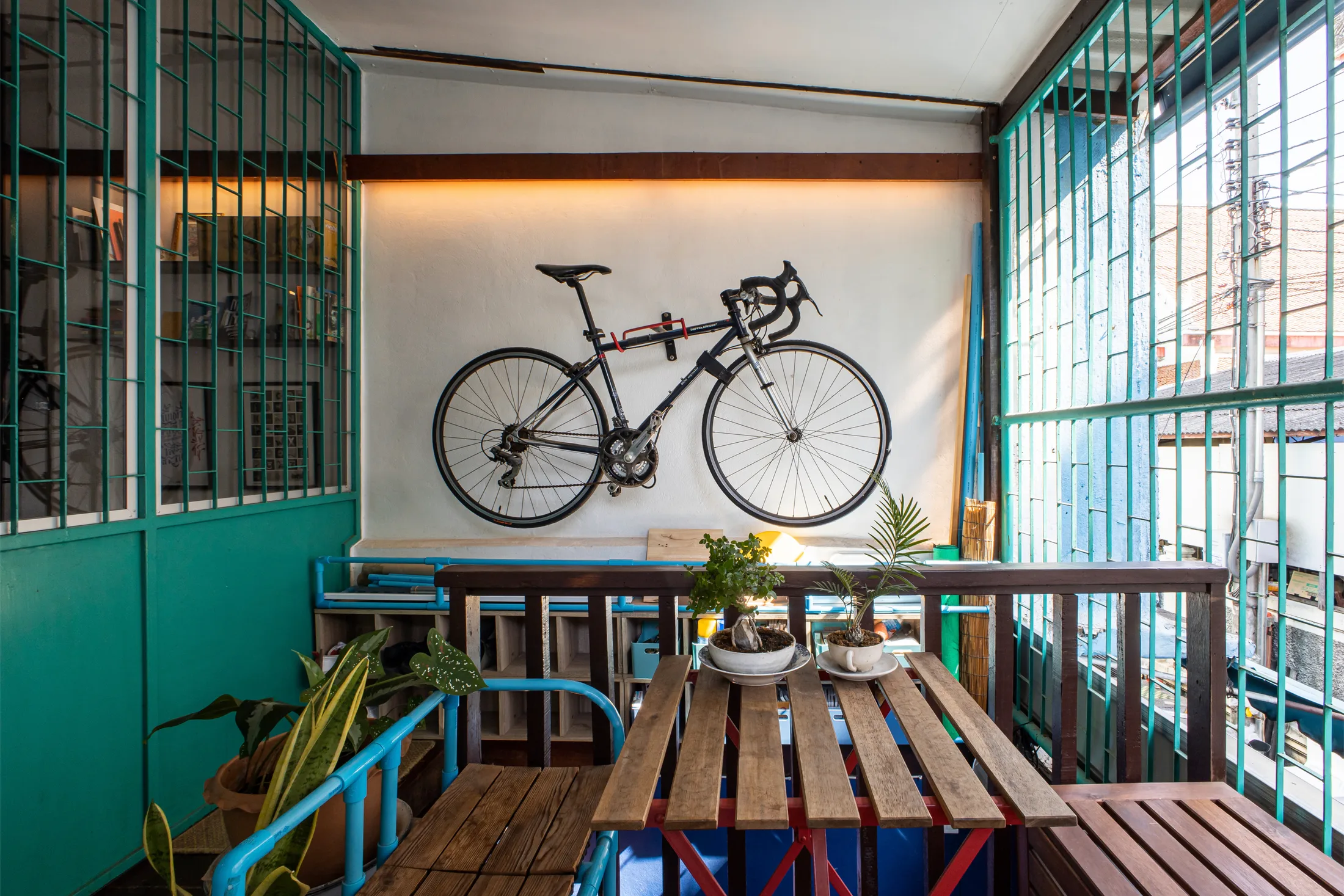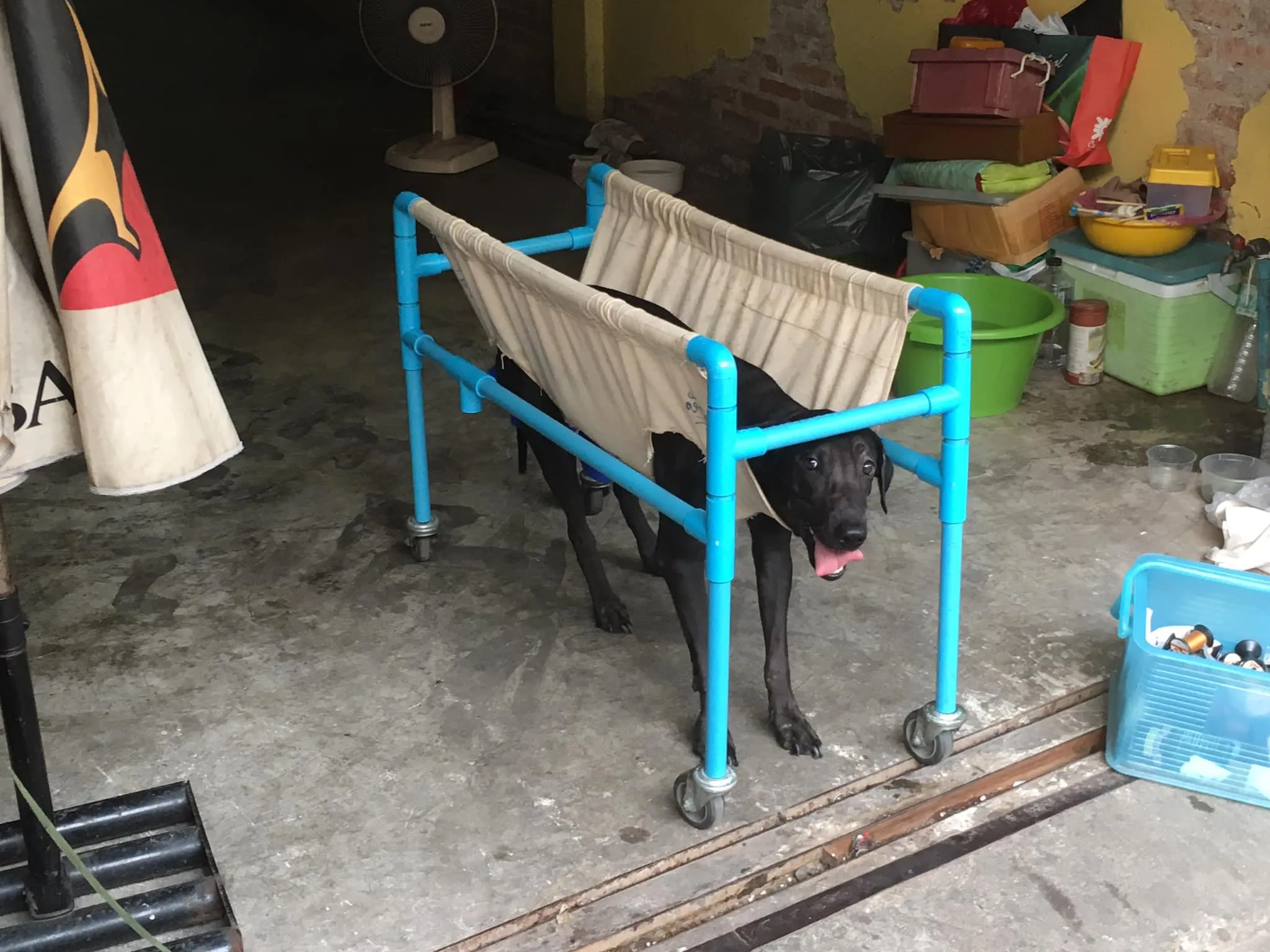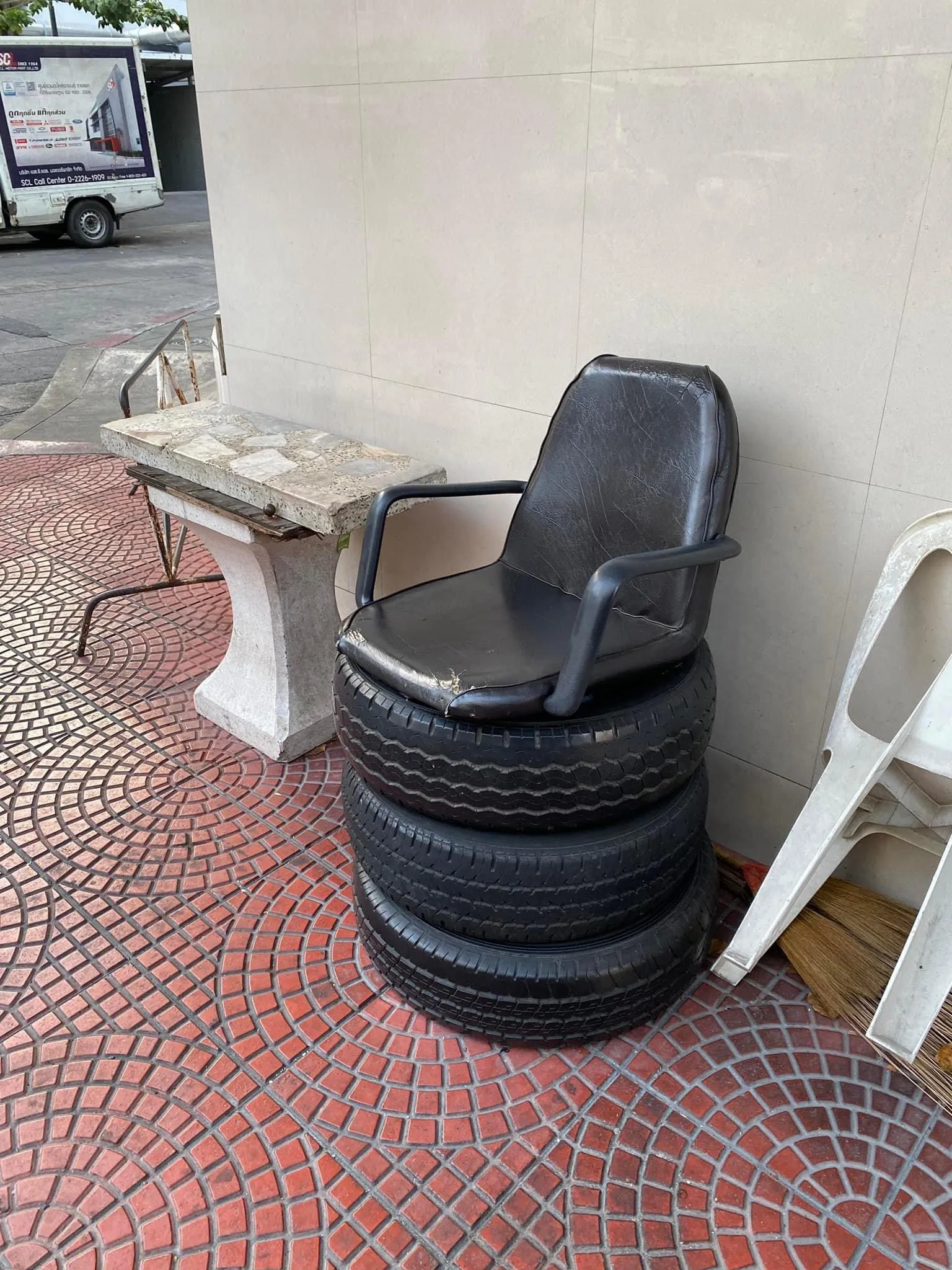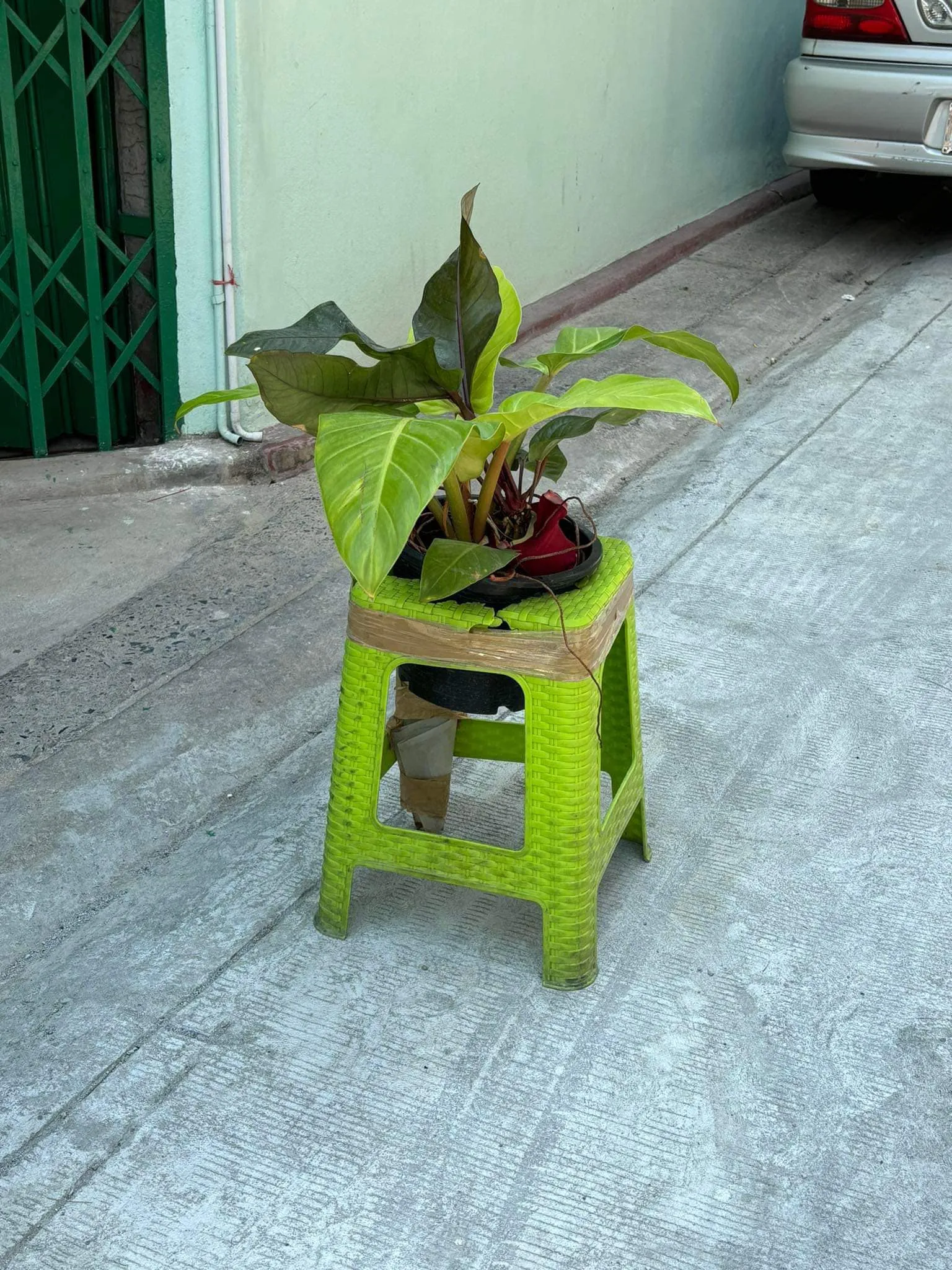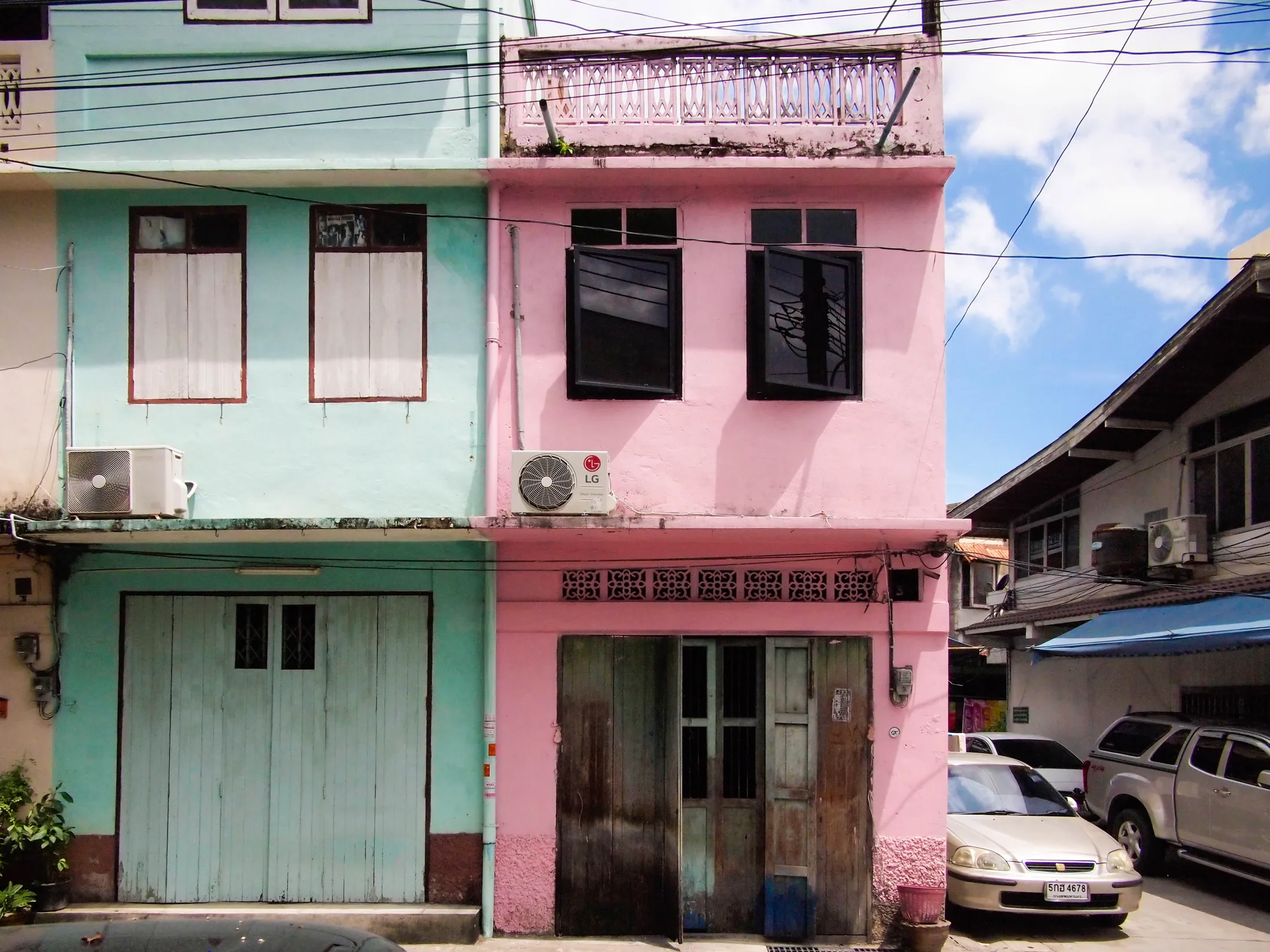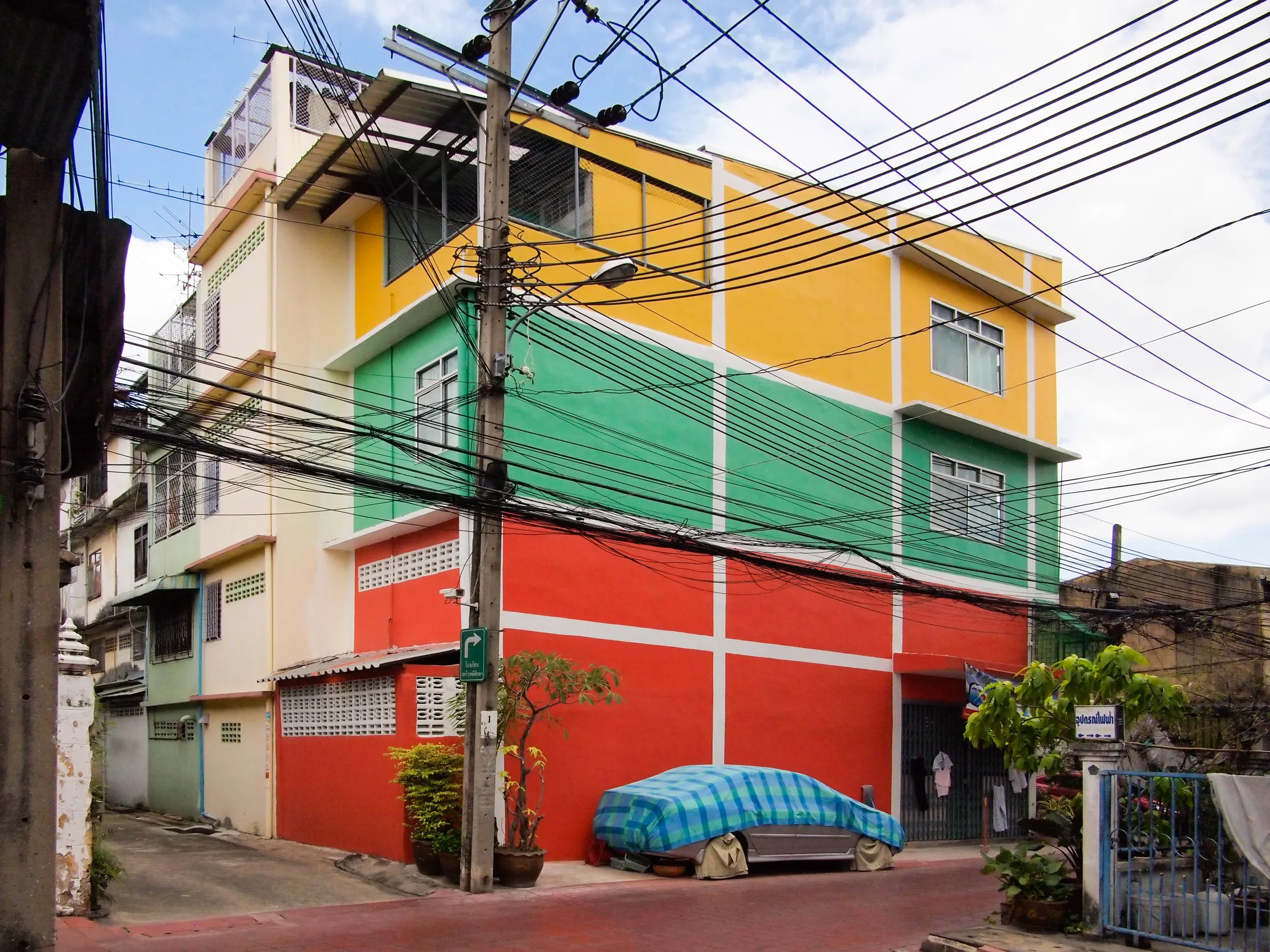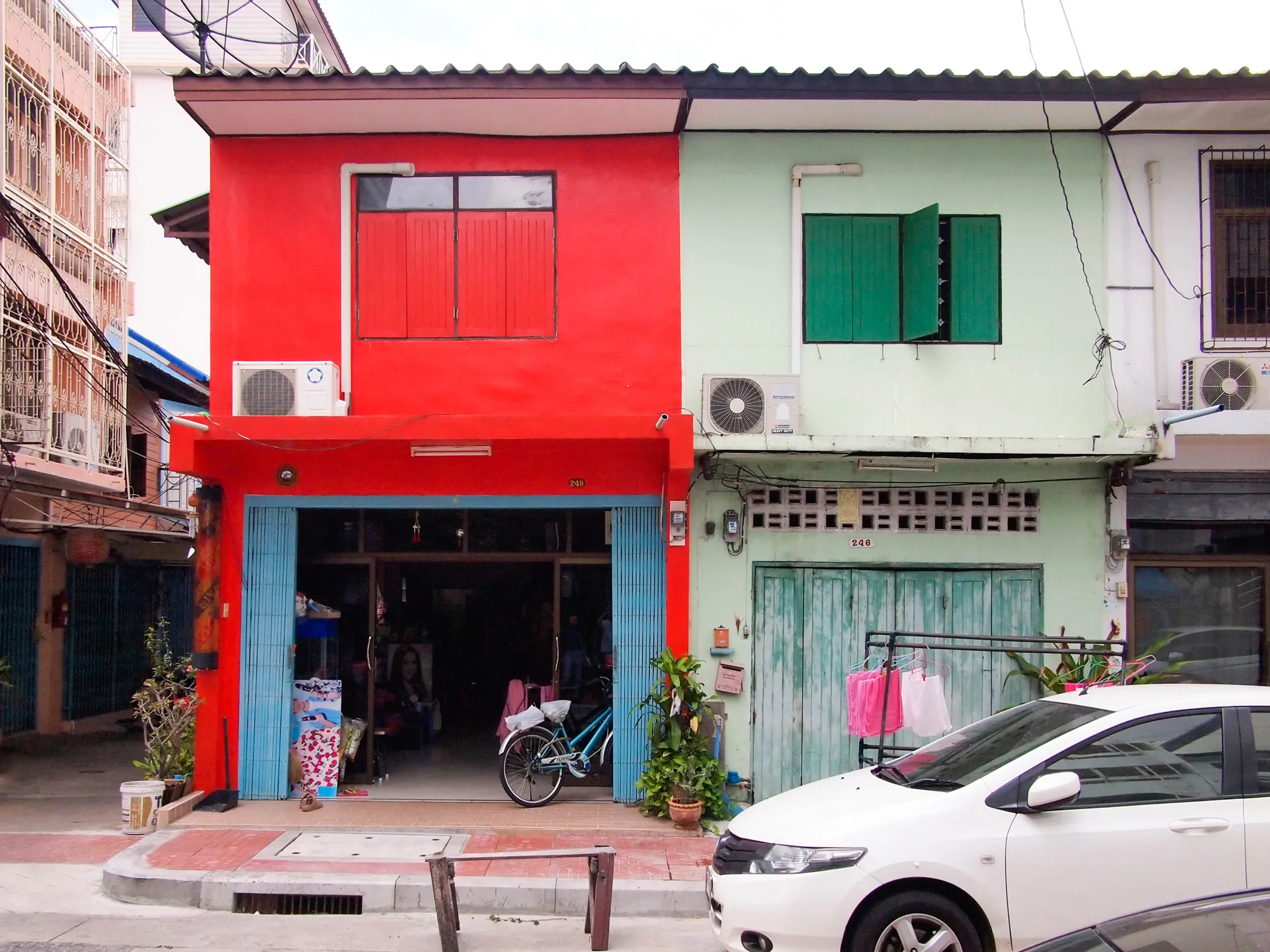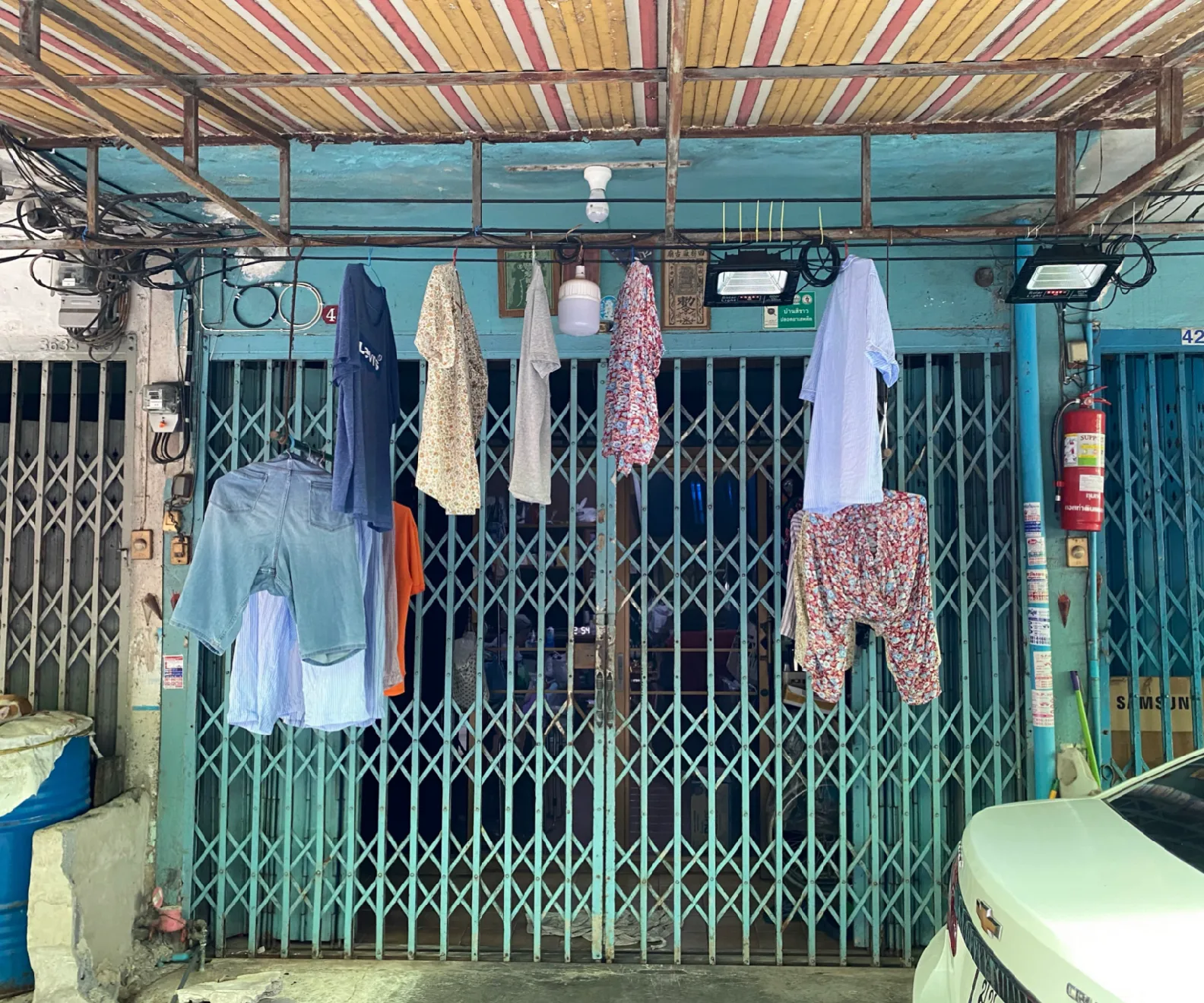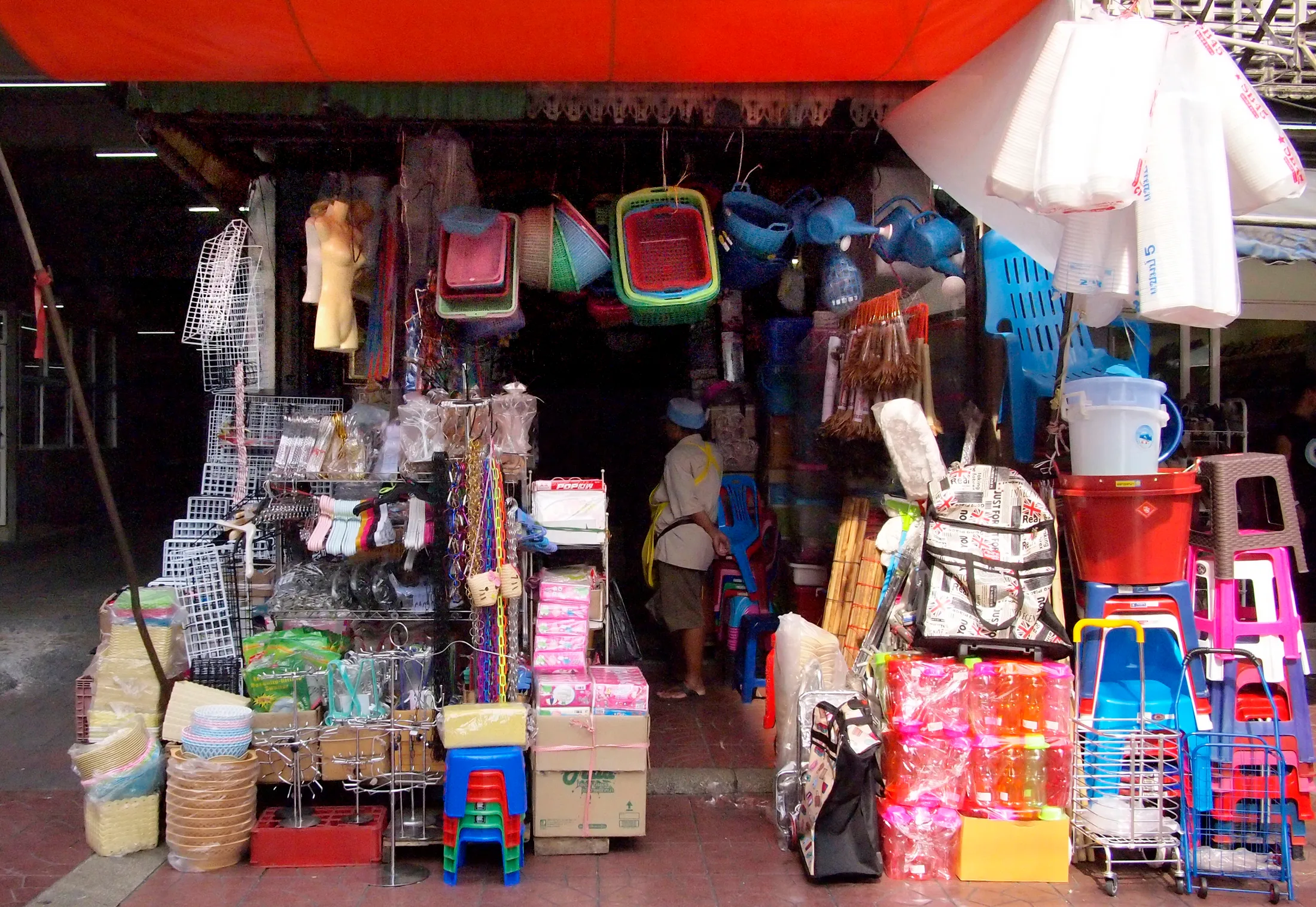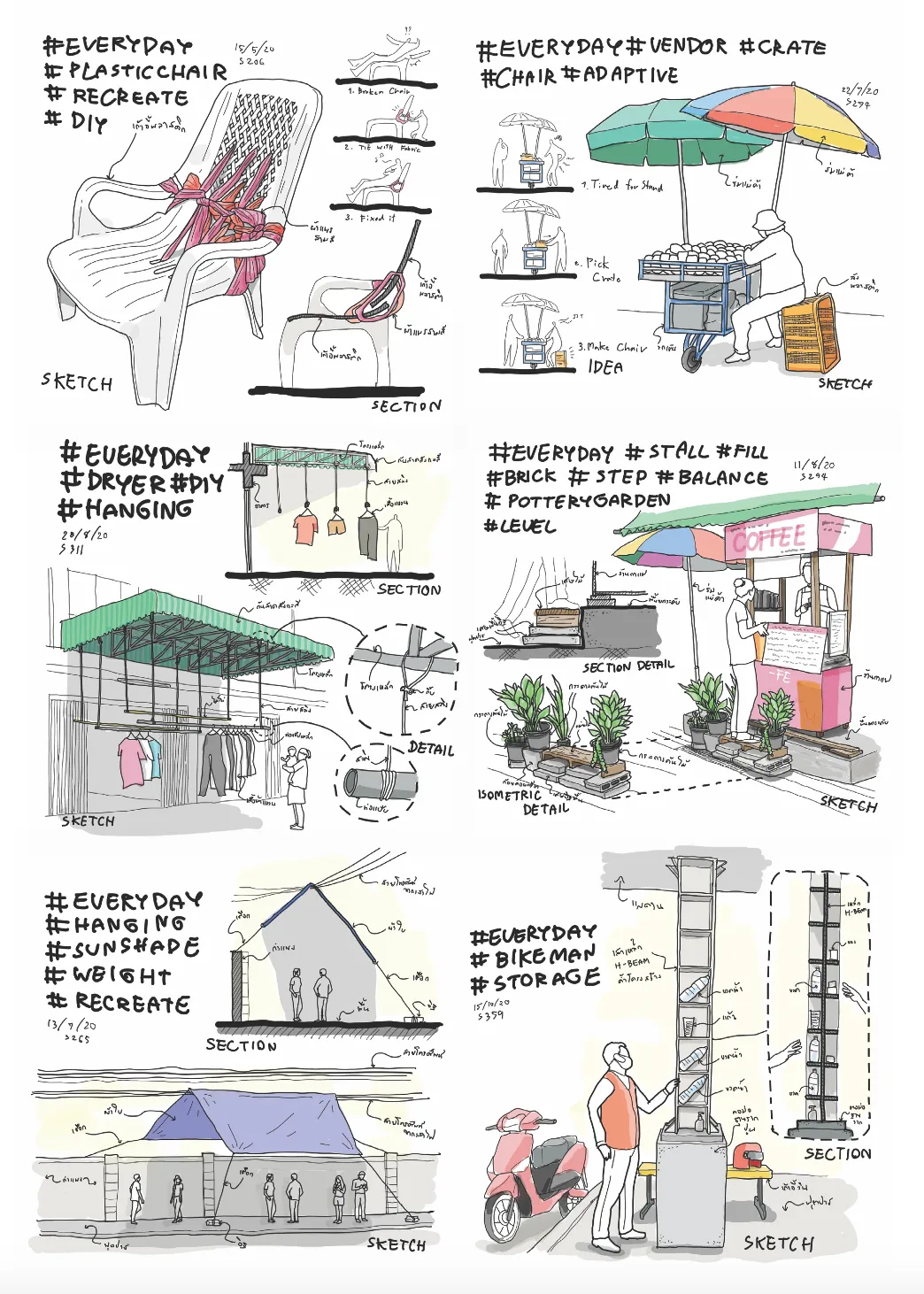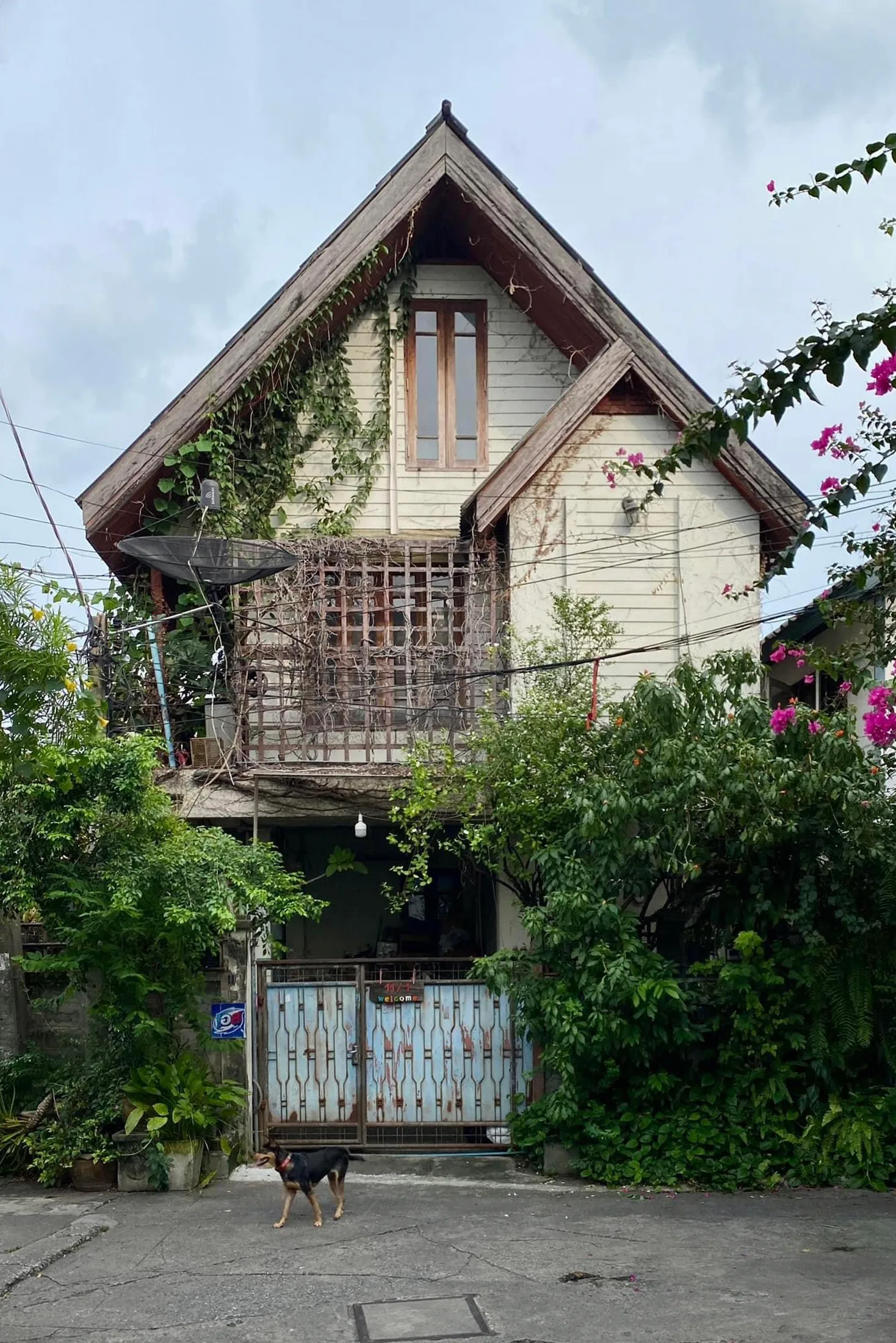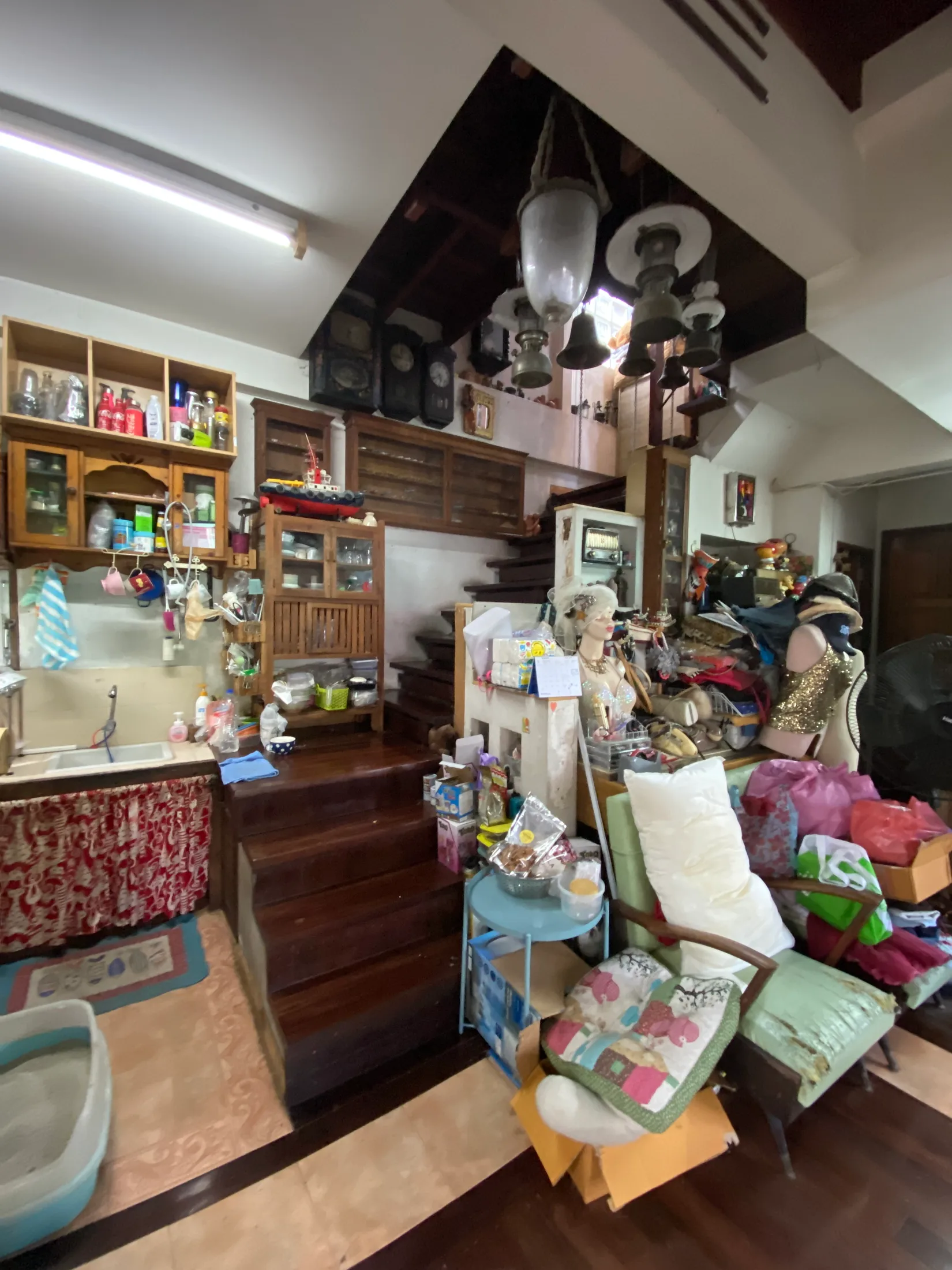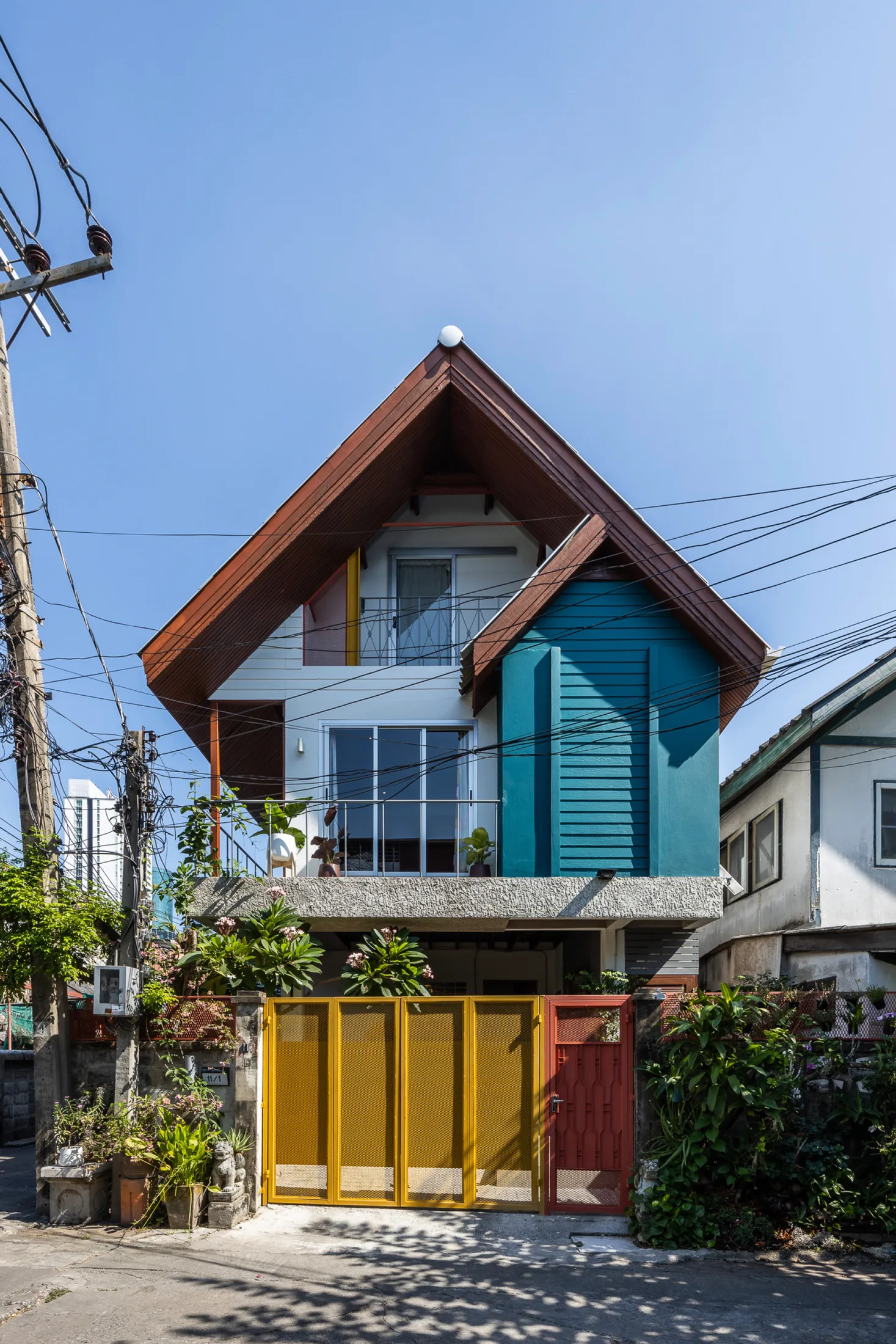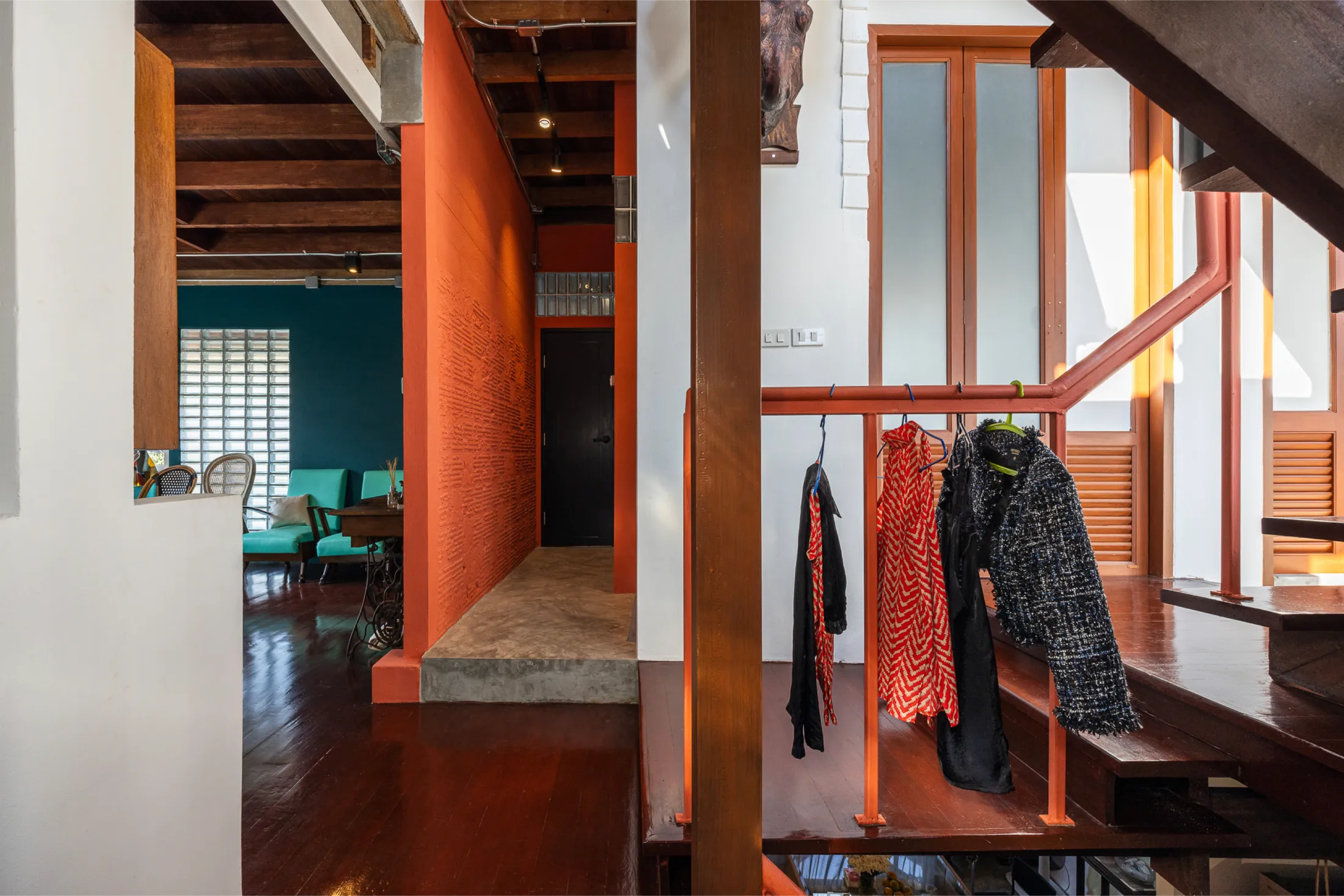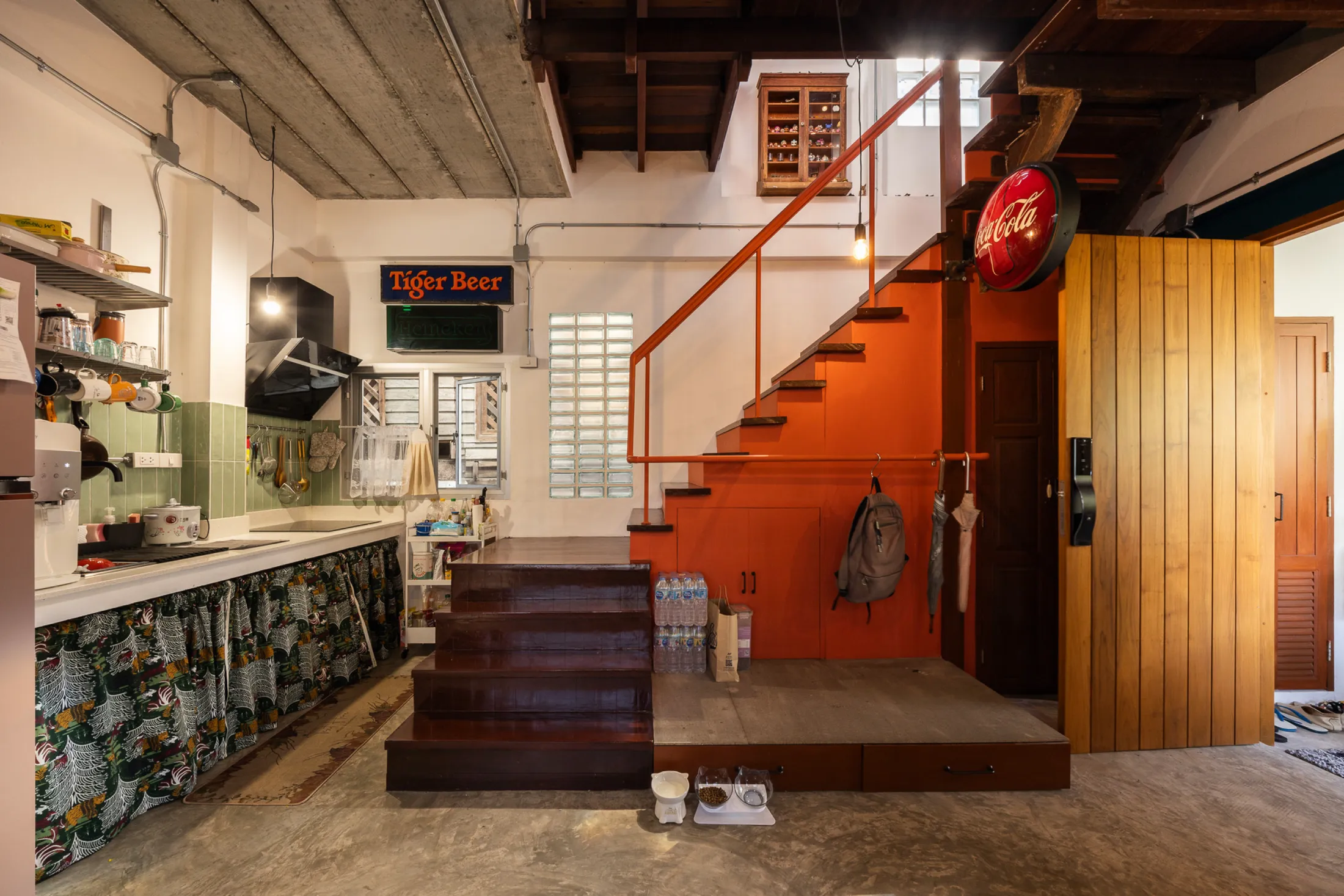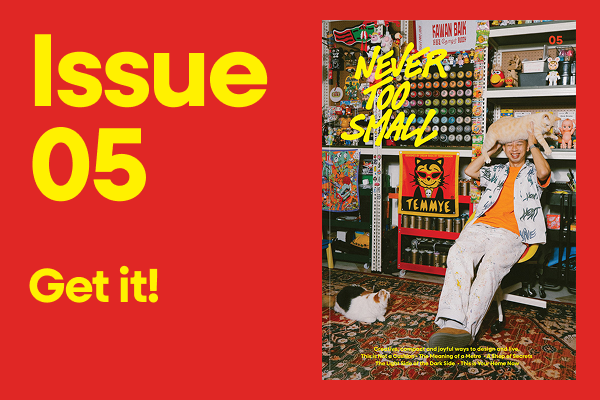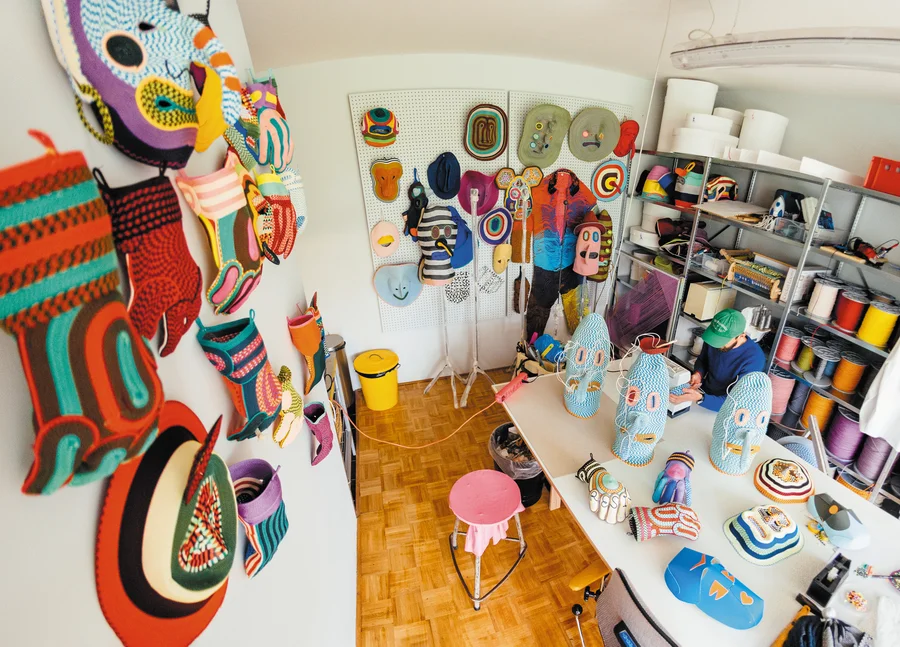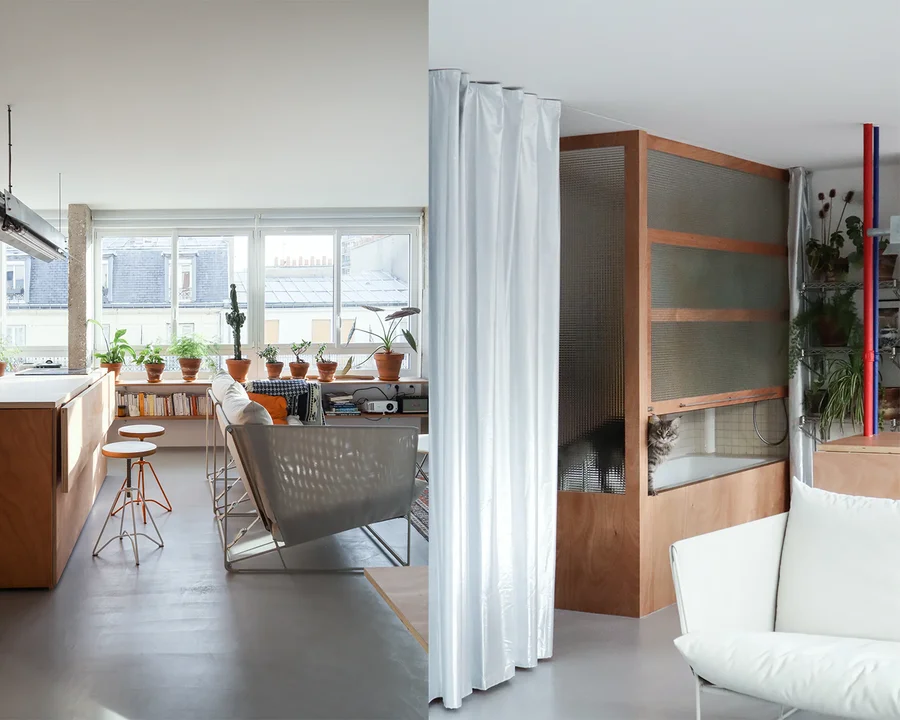“I was born and raised in this area. A funny thing that a lot of my friends don't know is that as a child, I was raised in a very sheltered way. My parents never let me go outside to play with other kids in our neighborhood.”
But the pull was strong. As Chatchavan grew up, exploring Bangkok – and especially his own neighbourhood of Somdej Chao Phraya – became his hobby and passion. His observations from these regular expeditions have fueled two books: Architect-Jer (the Thai word jer means ‘find’ or ‘come across’) and 365 Days of Thai Urban Mess Architecture and he has based his architectural practice here – the Everyday Architect Design Studio.
We meet Chatchavan to unpack the complexities of destigmatising colourful architecture in Thailand and to learn why “street-level creativity and resourcefulness” is where designers should look to solve the pressing challenges of urban life and planning.
Let’s start with colour. What significance does colour hold in Thai culture?
Most people in Thai society have a blend of beliefs between Buddhism and Hinduism. This hybrid belief system is also similar to neighbouring countries such as Myanmar, Laos and Cambodia, as these countries have a longstanding historical connection with Thailand. So most people in this region have beliefs related to stars, astronomy and astrology, which are part of the roots of Hinduism. For example, the names of the days of the week are derived from the names of celestial bodies, such as Monday (วันจันทร์ ) - Moon, Tuesday - (วันอังคาร) - Mars. Each celestial body is likened to a deity found in mythological beliefs, and each deity is associated with a specific colour.
As a result, those who still hold tightly to these traditional beliefs often try to align themselves with the corresponding colours for each day, particularly in choosing the colours of their clothing, to bring good luck each day. This concept of lucky colours may even extend to individual preferences; for instance, if you were born on a Thursday, you might be suited to the colour orange for your entire life. However, nowadays, people may be starting to believe less in these significant beliefs.
How has this cultural connection with colour played out in Thai architecture?
Historians have explored and noted that in ancient times, architecture in Thailand rarely used colours. The colours that appeared were often linked to details such as Chinese ceramics or gold lacquer applied to sculptures. As for actual paint products used for the architecture, they were likely influenced by Western architecture during the reign of King Rama IV (around 160 years ago) for the royal families' palaces and vacation houses. Pastel tones were dominant at that time, and the choice of colours in architecture continued to be adjusted and selected according to the preferences of the king and the upper class.


